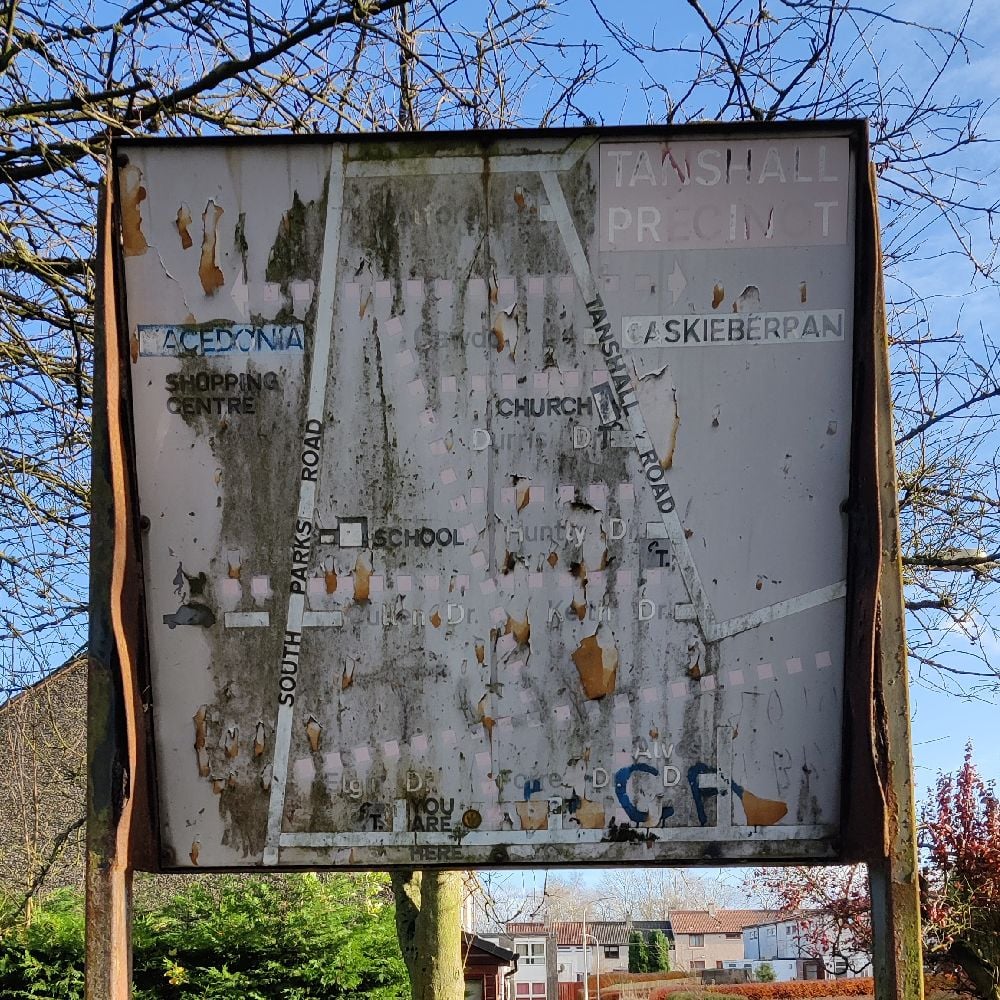
I do a lot of mapping for the Open Street Map. I do it for many reasons. I despise big tech companies and want to give them the middle finger. I believe that the data that describes our world should be open and free. But in the many years I’ve been doing this I’ve realised that, most importantly, exploring places to build maps of them is fun!
I love walking. But sometimes doing the same walk every day can get a bit monotonous. When I have the OSM to hand, I can target where I want to explore, seeing if there are any existing areas I haven’t been in a while to update, or brand new places lacking detail that need filled out. Walking or cycling to these places and then wandering around is a great way to spend free time out of the house.
In modern life it can be difficult to find ways to feel like you’re doing something really new. Gone are the days when someone could tinker in a shed and invent something new. All the corners of the world have been visited and there’s nowhere left to go. Except, there is still work to do. I use OSM data for my maps and often when I visit new places I realise that though these towns are built up and there isn’t really a “wild west” anymore, there is still work to be done in making sure everywhere is properly mapped out. That can add a sense of purpose to a visit, and can be a drive to find new places to go.
Mapping can also help to draw together the present and the past. My town is relatively young, and yet it has already changed quite a lot. You can really notice what parts have changed, and what parts have stayed the same. An odd feeling wells up. You realise just how small everything can feel, but then considering how much is going on, just how big and full the world actually is.
Living in the same place for along time, you can start to build up a mental picture of where everything is. But when I started doing OSM cartography, I realised just how constrained my mental map of my town was. There were so many unique and odd things to discover. Houses with paths going under them like tunnels. Shops in neighbourhoods I never new existed. Recent developments that have totally changed parts of town from what I saw as a child. Brand new walking routes to use. I may have missed all of these had I not started looking for them.
And even better, as you start to become familiar with the different kinds of things that can be tagged on the OSM, you start to notice and seek out the rarities. A bit like birdwatching or metal detecting. You’re always trying to find that rare thing you can “claim” you found first. Every now and then I spot one, like a rare post box sigil, and that’s a special feeling.
If you want to start, find your town on the Open Street Map and see if anything is missing. Then get out and map to your heart’s content.



@[email protected] I see the wordpress activitypub plugin doesn't handle alt text on images properly
Nice post, Lon.
One of my pleasures in retirement is simply wandering around looking at stuff. As far as I know there is nothing equivalent to the OS maps here in Poland, so it can be a bit challenging, but my home city of Warsaw obviously has a lot of history to explore while still expanding with a lot of new stuff – so much to see. I live in a southern suburb that is edged by a National Park forest, and I’ve spent many hours walking and cycling its network of paths and discovered some off the map stuff – it was used by the Home Army during WW2 and there are places where Nazi executions happened that are not marked on any maps I’ve seen but regularly sport votive grave candles (commonplace here) to commemorate some atrocity or other.
Many of the nearby green spaces are also disappearing: from my first apartment I overlooked a football stadium sized field generally used for dog walking: it’s now a primary school and swimming pool complex with a children’s playground. My next apartment again overlooked greenery lining one of the main roads into the city centre and boasted a big Tesco Superstore complex with restaurants and smaller retail outlets. The greenspace has gone, completely built on by a series of five and six floor apartment blocks (one that overlooks my old ground floor balcony that in turn overlooks their main entrance). Tescos was closed when the company withdrew from Europe, and last year the entire site was pulled down: a further estate of luxury apartment blocks is now under construction.
There are many similar instances all over the city: cranes everywhere. It looks – and is – a totally different city to when I first came here to conduct a two week workshop in 2000 (I’ve been here ever since – odd how life changes sometimes when you least expect it)! I’m happy here – but I yearn for the countryside.
Living on the edge having access to the greenspace as well as the urban conveniences is the best mix, I find. I’m lucky to live in a town where a lot of the green space has remained. I guess it’s trickier to keep that in a denser city. It is surprising how quickly things can change.